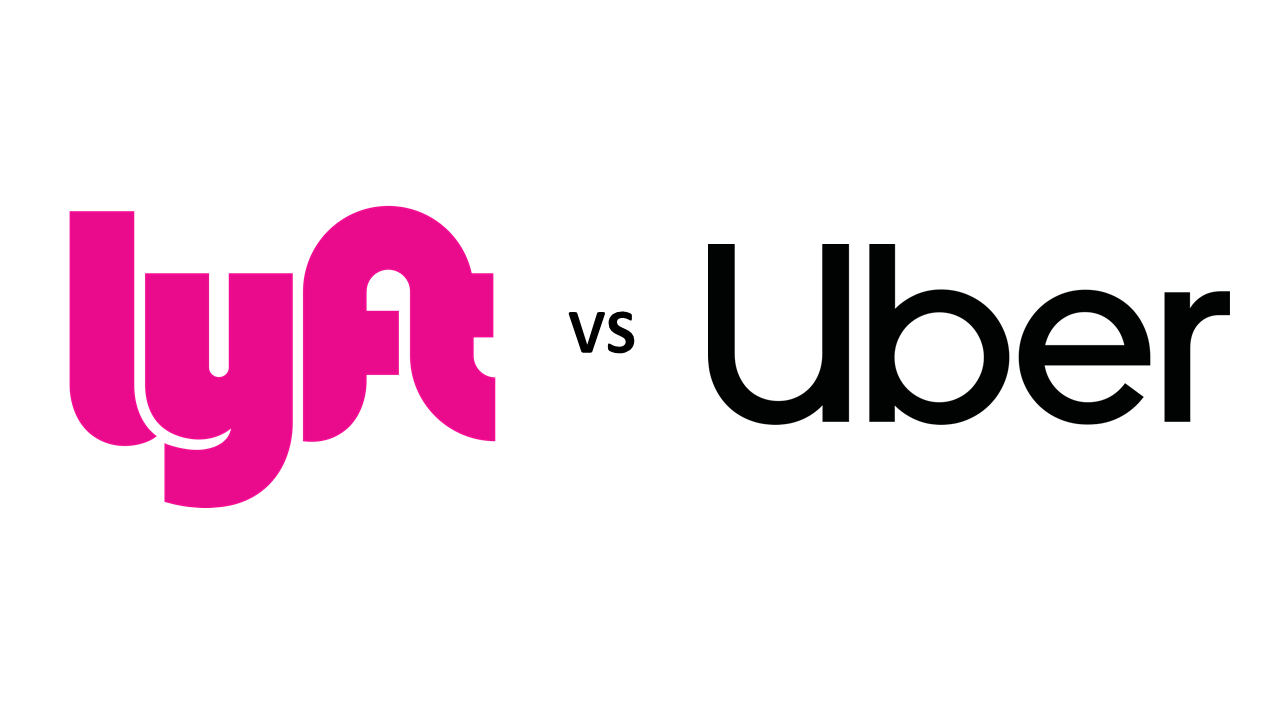For many, ridesharing platforms like Lyft and Uber seem like a golden ticket to flexible work and financial freedom. But, having gone undercover and spent 3 months behind the wheel, I uncovered some surprising facts that prospective drivers—and riders—should be aware of.
The Numbers Game
Driving an average of 20 hours per week, I racked up about 1,000 miles weekly on the vehicle. Now, if you consider the IRS standard mileage deduction rate of 65.5 cents per mile (as of 2022, but subject to change), that’s a theoretical deduction of $655 per week for car-related expenses.
Now, let’s look at the earnings:
* Lyft – $11 per ride, with fewer tips.
* Uber – $14 per ride, with a higher frequency of tips.
Averaging 1.67 rides per hour on each platform, the gross income from Uber was consistently higher ($23.38/hr Uber vs. $18.37/hr Lyft).
But What’s the Real Profit?
The IRS mileage rate is designed to cover not just gas but also wear and tear, insurance, and other vehicle-related costs. When you factor in those expenses, the earnings begin to dwindle.
Say, for argument’s sake, after gas, insurance, and maintenance, the real cost per mile was 40 cents. That means driving 1,000 miles a week cost me $400, effectively cutting into the gross profit.
Even with the apparent higher earnings from Uber, after deducting the weekly car-related expenses, the net income is significantly less than one might initially think.
The Sharecropper Analogy
Drawing a comparison, the way rideshare companies operate with their drivers bears some resemblance to the sharecropper system of old. In sharecropping, farmers would work land owned by someone else. In return, they’d receive a share of the crops. Sounds fair, right? But once the landowner’s share was taken and costs were accounted for (seeds, equipment, etc.), the sharecropper often ended up with a meager profit, sometimes even in debt.
Similarly, rideshare drivers use their own vehicles (akin to the sharecropper’s tools and seeds) to generate income for these tech giants. After accounting for expenses, the earnings, just like the sharecropper’s profit, can be depressingly small.
Final Thoughts
While ridesharing offers a unique and flexible earning opportunity, it’s crucial for potential drivers to be fully informed of the hidden costs and understand the financial realities of the gig. The “be your own boss” allure should not blind one to the intricacies of such platforms.
For riders, it’s equally essential to recognize the financial dynamics at play. Remembering to tip, especially when service is good, can make a significant difference in the earnings of the person getting you safely to your destination.
In the evolving landscape of business transportation, it’s my hope that companies prioritize the well-being and fair compensation of their workforce. After all, it’s the drivers who are the true wheels of this industry.


Comments are closed